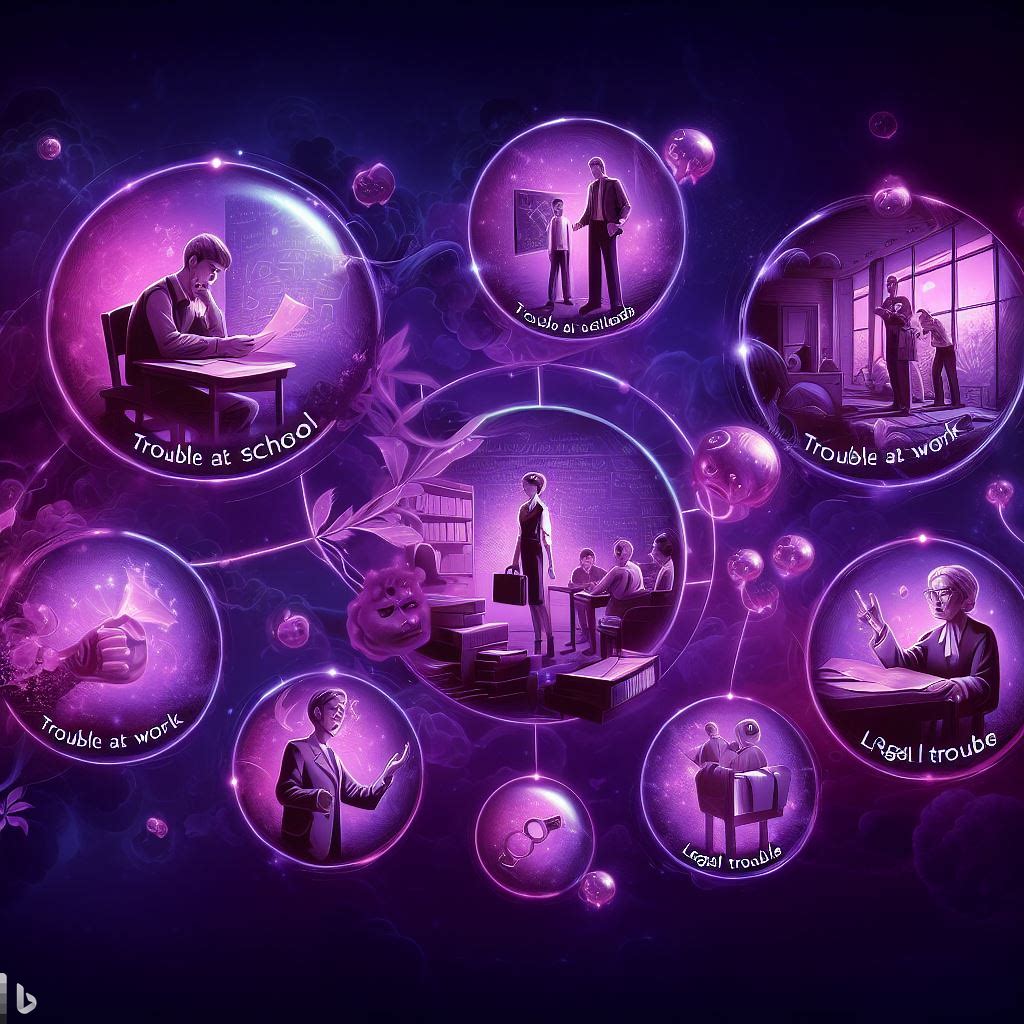Have you ever found something cool online and thought about using it for your work or school project? It’s great to find inspiration from others, but it’s important to make sure you’re not accidentally stealing their work. This is called plagiarism, and it’s a big no-no. In this article, we’re going to talk about what plagiarism is, why it’s bad, and how you can avoid it.

Image sourced from Bing Images
Types of Plagiarism
Copying Word for Word
This one is pretty simple. If you take someone else’s work and copy it exactly, that’s plagiarism.
Changing a Few Words Here and There
Even if you change some words, but the ideas are still taken from someone else and you don’t say where you got them from, that’s also plagiarism.
Using Your Own Past Work Without Saying So
Did you know you can plagiarize yourself? If you use work that you did before for a new project without saying so, that counts too.
Mixing and Matching from Different Places
Taking bits and pieces from different places and putting them together is also not okay if you don’t say where you got the information from.
Doing It by Accident
Sometimes people plagiarize without meaning to, maybe because they didn’t know the rules or they forgot to say where their information came from.
Why Plagiarism is Bad
Trouble at School
If you plagiarize at school, you could get a bad grade, get in trouble with your teacher, or even get kicked out.
Trouble at Work
If you plagiarize at work, you could lose your job or hurt your professional reputation.
Legal Trouble
If you use someone else’s work that is protected by copyright without permission, you could even get into legal trouble.

Image sourced from Bing Images
How to Stay Away from Plagiarism
Give Credit:
If you use someone else’s work, it’s crucial to acknowledge it. Always cite your sources and provide the proper references. This not only shows respect for the original creator’s work but also strengthens your own credibility.
Use Plagiarism Checking Tools:
There are several tools online that can help ensure your work is original. Grammarly, Quetext, and Copyscape are great options, each with their own unique features. Additionally, Rewording.io is an excellent tool that helps to rephrase and reword your content, ensuring it is unique and plagiarism-free. Not only does it check for copied content, but it also provides suggestions to enhance the originality of your writing.
Practice Writing:
The more you write, the better you become at expressing your own ideas. Challenge yourself to write regularly, and don’t shy away from seeking feedback. Over time, you’ll develop a unique voice and style that significantly reduces the likelihood of plagiarism.
Be Honest:
Integrity is key in any work that you do. Always strive to produce original content, and be transparent about your sources. This honesty builds trust with your audience and upholds your reputation.
What to Do if You’re Accused of Plagiarism
Don’t Panic, but Take It Seriously
If someone says you plagiarized, stay calm, but make sure to deal with it.
Work with Your Teacher or Boss
Talk to your teacher or boss about what happened and how to fix it.
Learn from It
Use this as a chance to learn how to do better next time.

Image sourced from Bing Images
Conclusion
Plagiarism might seem tricky, but it’s really about being honest and giving credit to the people who deserve it. By doing your own work and showing where you got your information, you can avoid plagiarism and do the right thing.
Leave a Reply